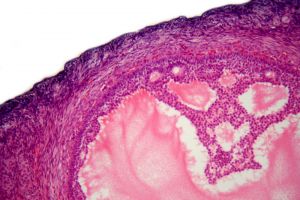Since starting the makeabigdifference newsletter, we have featured the stories of many young people Impact Young Heroes have supported over the years. We have read their inspiring stories starting with their life as a regular teenager, to diagnosis, right through to treatment and beyond. But what do we really know about the cancer’s these young people have? and the type of cancer’s which threaten the lives of about 4000 young people ever year?
In this 2 part special you can read some interesting facts about the types of cancer most commonly found to affect children and young people.
Osteosarcoma
- Osteosarcoma is the most common type of bone cancer
- About 5% of all teenagers with cancer are diagnosed with osteosarcoma.
- It is associated with rapid growth, so it rarely seen in children before puberty.
- Osteosarcoma affects more males (usually between ages of 15-19) than females (usually between ages 10-14)
- It tends to show in youngsters who are taller than average.
- Osteosarcoma is most often found in the bones around the knee
Acute Lymphoblastic Leukaemia (ALL)
- ALL most often affects young children between the ages of 1 and 4 years.
- Approximately three out of four cases of leukaemia are Acute Lymphoblastic Leukaemia
- For unexplained reasons, the incidence of ALL is substantially higher for caucasion children than for other races.
- People between the ages of 25 and 50 face the lowest risk of getting the disease, but risk increases again after age 50.
Ewing’s Sarcoma
- About 30 young people a year, in the UK, are diagnosed with Ewing´s sarcoma (150 In the US),
- It usually occurs in the teenage years, and more commonly affects males than females.
- Ewing Sarcoma is a type of bone cancer found in children and young adults which accounts for 10-15% of all primary malignant bone tumour.
- Although Ewing’s sarcoma is a type of bone cancer, it can also very rarely occur in the soft tissues rather than starting in bone.
- Any bone can be affected, but the pelvis, thigh bone (femur) and shin bone (tibia) are the most common places.
Sources:
http://www.teenslivingwithcancer.org

